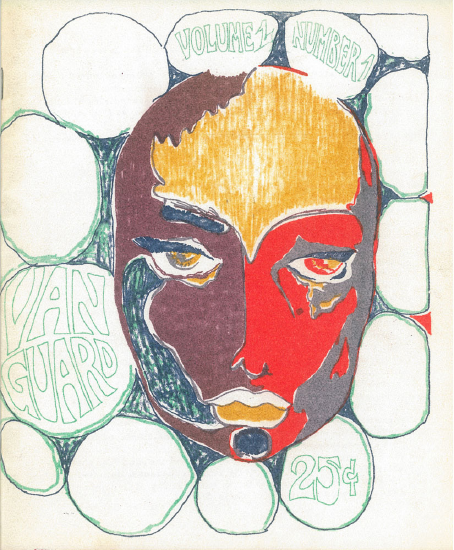2.3 Impact and Influence
- Page ID
- 68355
LGBTQ ACTIVISM of this era had limited impact on broader civil rights law. The Civil Rights Act of 1964 covered all Americans except those with disabilities, LGBTQ people, and undocumented immigrants. The Immigration and Nationality Act of 1965 removed a discriminatory quota system, but it strengthened the exclusion of gay and lesbian immigrants. By 1969, only Illinois had decriminalized sodomy (1961), while guilty sentences for sodomy in many jurisdictions could result in life in prison. LGBTQ people still suffered from vague charges relating to morals, lewd conduct, and disorderly contact that sent them to jails and mental institutions because of their sexual orientation or gender identity.

Regardless, this era saw a change in the mentality of the LGBTQ movement and set the stage for the successes to come. Before the 1950s, there were no activist-oriented LGBTQ organizations, no LGBTQ periodicals, and a worsening persecution of LGBTQ people. By the end of 1969, there were activist organizations throughout the American Northeast, Midwest, and West; open rebellion on the streets; and an increasingly visible and strident LGBTQ print media. Those courageous activists that came out of the closet to lead this charge risked their homes, jobs, families, and lives so that future generations would not be excluded from their civil rights.


Although the LGBTQ movement was inspired by the tactics of the Civil Rights and Women's movements, LGBTQ activists' involvement in the struggles of other civil rights causes was often fraught by homophobic biases. Bayard Rustin, a leading strategist of the black civil rights movement and organizer of the historic 1963 March on Washington, was pushed into the background when his homosexuality became public. Ivy Bottini, a founder and president of the New York chapter of the National Organization for Women in the late 1960s, was driven out of the organization amid a purge of lesbian members. Not until the 1970s would such biases soften as black leaders such as Huey New- ton spoke out in support of LGBTQ rights and lesbian-feminism became an influential force in the women’s movement.


